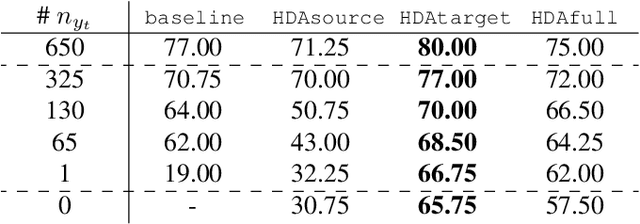Jean-Christophe Burnel
OBELIX
Multimodal Object Detection in Remote Sensing
Jul 13, 2023Abstract:Object detection in remote sensing is a crucial computer vision task that has seen significant advancements with deep learning techniques. However, most existing works in this area focus on the use of generic object detection and do not leverage the potential of multimodal data fusion. In this paper, we present a comparison of methods for multimodal object detection in remote sensing, survey available multimodal datasets suitable for evaluation, and discuss future directions.
A Cycle GAN Approach for Heterogeneous Domain Adaptation in Land Use Classification
Apr 22, 2020



Abstract:In the field of remote sensing and more specifically in Earth Observation, new data are available every day, coming from different sensors. Leveraging on those data in classification tasks comes at the price of intense labelling tasks that are not realistic in operational settings. While domain adaptation could be useful to counterbalance this problem, most of the usual methods assume that the data to adapt are comparable (they belong to the same metric space), which is not the case when multiple sensors are at stake. Heterogeneous domain adaptation methods are a particular solution to this problem. We present a novel method to deal with such cases, based on a modified cycleGAN version that incorporates classification losses and a metric space alignment term. We demonstrate its power on a land use classification tasks, with images from both Google Earth and Sentinel-2.
Generating Natural Adversarial Hyperspectral examples with a modified Wasserstein GAN
Jan 27, 2020



Abstract:Adversarial examples are a hot topic due to their abilities to fool a classifier's prediction. There are two strategies to create such examples, one uses the attacked classifier's gradients, while the other only requires access to the clas-sifier's prediction. This is particularly appealing when the classifier is not full known (black box model). In this paper, we present a new method which is able to generate natural adversarial examples from the true data following the second paradigm. Based on Generative Adversarial Networks (GANs) [5], it reweights the true data empirical distribution to encourage the classifier to generate ad-versarial examples. We provide a proof of concept of our method by generating adversarial hyperspectral signatures on a remote sensing dataset.
 Add to Chrome
Add to Chrome Add to Firefox
Add to Firefox Add to Edge
Add to Edge